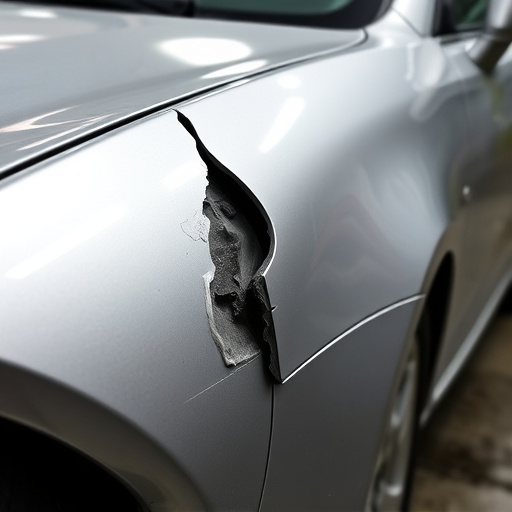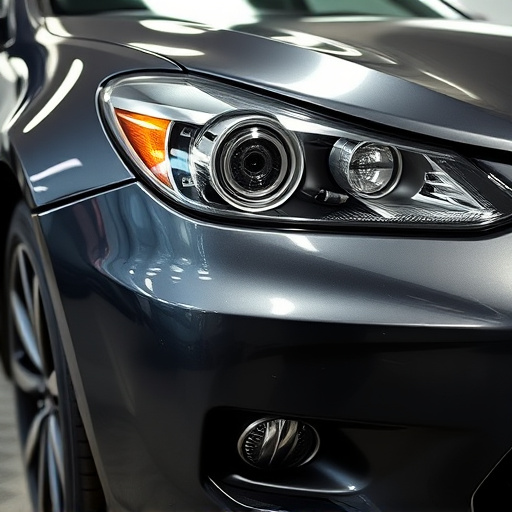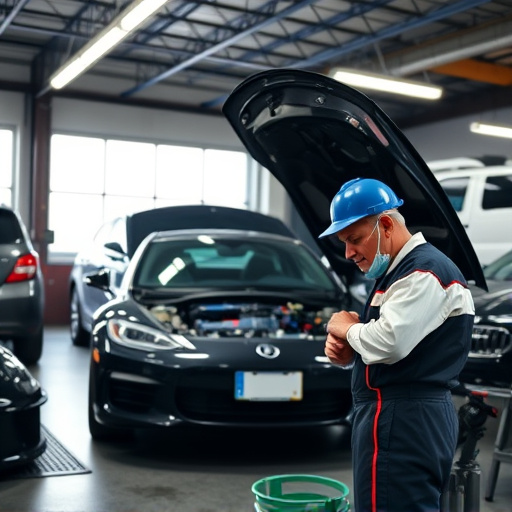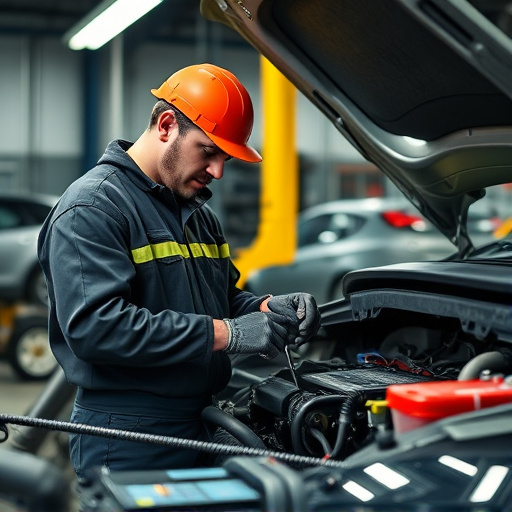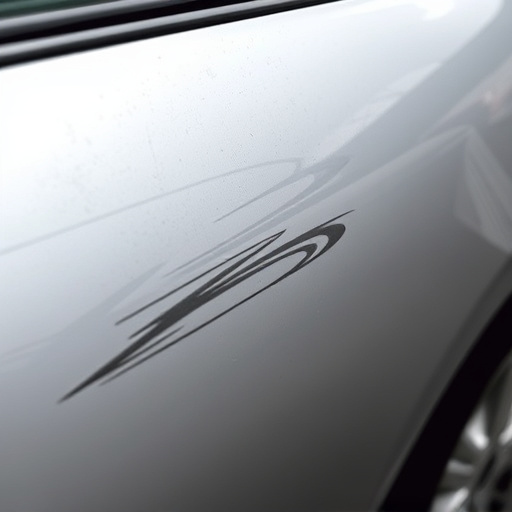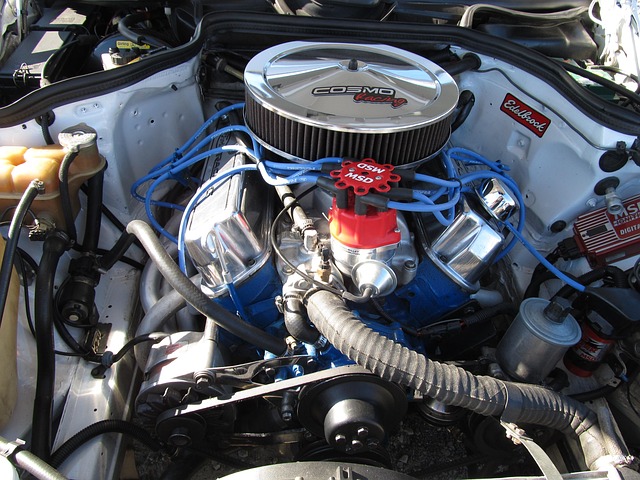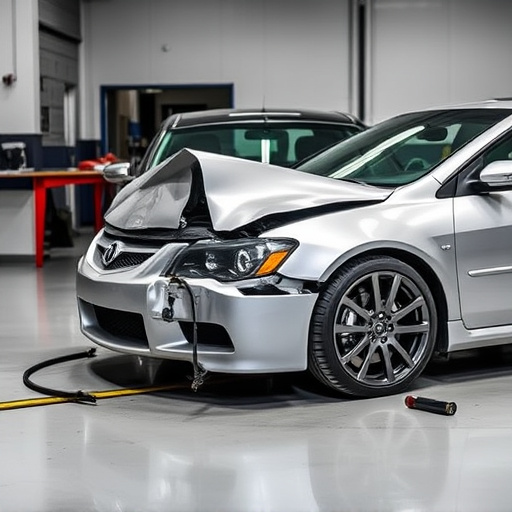Insurance repair warranties are crucial for vehicle owners as they safeguard investments after collision or paint repairs, covering defects for a set period. Understanding the fine print is essential, as exclusions apply to accidents, neglect, and certain wear. Scrutinizing coverage limits and reviewing warranties before and after repairs prevents unexpected costs and offers peace of mind. Effective management involves reading policy terms, keeping detailed records, prioritizing regular maintenance, promptly notifying insurers, addressing minor damage early, and using reputable shops to preserve warranty validity.
In today’s digital era, understanding your insurance repair warranty is more crucial than ever. This comprehensive guide delves into the intricacies of these warranties, explaining what they cover and what common exclusions exist. We explore the benefits of reviewing your warranty before and after repairs to ensure optimal protection. Additionally, we provide tips for effective warranty management, helping you maximize coverage and minimize disputes. Remember that a thorough understanding of your insurance repair warranty can be a game-changer.
- Understanding Insurance Repair Warranties: What They Cover and Exclusions
- Benefits of Reviewing Your Warranty Before and After Repairs
- Tips for Effective Warranty Management: Maximizing Coverage and Minimizing Disputes
Understanding Insurance Repair Warranties: What They Cover and Exclusions

Insurance repair warranties are an essential aspect of any auto collision or car paint repair service. Understanding what these warranties cover and what exclusions they have is crucial for vehicle owners looking to protect their investment. An insurance repair warranty, often provided by the shop itself or through a third-party insurer, guarantees that the work performed on your vehicle will be free from defects for a specified period after the repair. This can include coverage for both parts and labor, ensuring that any issues arising from the initial repair are addressed without additional cost to the policyholder.
However, it’s important to note that these warranties do have their limitations. Exclusions may include damage caused by subsequent accidents, neglect or improper use of the vehicle, and certain types of wear and tear. Additionally, some warranties might not cover specific parts or services, such as cosmetic enhancements or diagnostic tests. Vehicle owners should carefully review both the scope of coverage and any exclusions to ensure they understand what is and isn’t included in their insurance repair warranty, especially when visiting a vehicle body shop for auto collision repair or car paint repair services.
Benefits of Reviewing Your Warranty Before and After Repairs

Before initiating any repair work, reviewing your insurance repair warranty is a strategic step that offers numerous advantages. It empowers you to understand the scope and limitations of coverage, ensuring you aren’t surprised by any costs not included. This proactive approach allows for better financial planning and peace of mind, especially when dealing with significant repairs like bumper replacements or extensive car paint services. Knowing what’s covered can help you choose a suitable auto collision center that aligns with your warranty terms, ultimately saving you from potential out-of-pocket expenses.
Post-repair, a thorough review of the warranty becomes equally crucial. It provides an opportunity to confirm that all work has been completed according to the specified terms and ensures any necessary follow-up actions are taken promptly. This is particularly important when dealing with complex repairs; issues might arise that were unforeseen during the initial assessment. By regularly reviewing your insurance repair warranty, you can quickly identify and rectify any discrepancies, ensuring your vehicle’s longevity and maintaining the integrity of your investment in essential auto collision services.
Tips for Effective Warranty Management: Maximizing Coverage and Minimizing Disputes

Understanding and managing your insurance repair warranty effectively is a key strategy to maximize benefits and minimize disputes. One of the first steps in warranty management is to thoroughly read and comprehend the terms, conditions, and exclusions detailed within the policy document. This involves familiarizing yourself with what constitutes covered repairs, deductibles, and timeframes for filing claims. Staying proactive by keeping records of all repair work, including receipts and before-and-after photos, can significantly aid in resolving disputes should they arise.
Additionally, prioritizing regular maintenance and prompt notification to your insurance provider when incidents occur can help prevent complications down the line. For instance, addressing minor dents or paint scratches early through services like dent removal or collision repair might keep them from escalating into more extensive and costly damage. Engaging with reputable car bodywork shops that have a proven track record of quality collision repair can also ensure that all repairs align with manufacturer standards, thereby preserving your warranty validity.
Reviewing your insurance repair warranty is a proactive step that can save you time, money, and potential headaches. By understanding what’s covered and what isn’t, you can ensure optimal protection for your repairs and make informed decisions. Regularly assessing your warranty management strategies allows you to maximize coverage, minimize disputes, and maintain peace of mind knowing your investment is secure. An informed policyholder is a protected policyholder, especially when it comes to insurance repair warranties.

